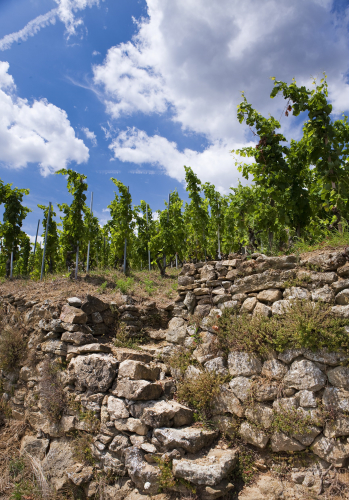
Rare is the person who thinks first of Rhone Valley when it comes to choosing a white wine. How sad. The second largest wine producing region of France, the fertile Rhone Valley meanders aside the Rhone River and is more valued for its syrah-driven Cote Rotie and Hermitage than it is for its viognier-driven Condrieu. Yet anyone who has been seduced by viognier’s aromatics or its delicate stone-fruit flavors learns that Condrieu has no equal.
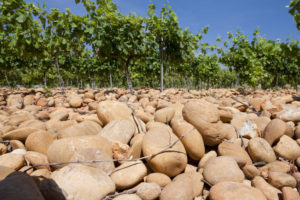
The white wine portfolio of the Rhone Valley is more than just viognier, of course. Marsanne and roussanne are used exclusively in Northern Rhone wines while a passel of additional grapes is at the winemaker’s disposal in Southern Rhone.
The differences between the two regions are remarkable yet equally pleasing if taken in context with price and purpose. For instance, Southern Rhone blends stand out for their versatility and simplicity, a function served nicely by relatively high acidity and quaffable fruit flavors. Think of a summer day on the patio around a table of appetizers and fruit.
On the other hand, a viognier from the village of Condrieu or a marsanne-roussanne blend from Saint-Peray demands more focus. It can be delicate and understated, hardly the profile of, say, a well-oaked chardonnay. These wines are cerebral and destined to be matched with a plate of Dover sole.
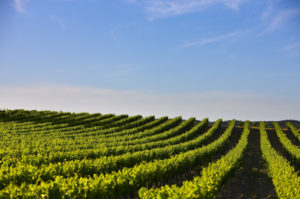
The wines of the Northern Rhone must – and we emphasize must – be served at cellar temperature to tame the acidity and draw out the nuances that tantalize the palate. Take them out of the refrigerator well before they are served.
We recently soaked in the pleasures of Rhone Valley’s white wines with appreciative friends who knew the region. We waxed compliments on eight wines – three from Southern Rhone and five from Northern Rhone – and while our impressions often agreed, the few differences we had just reflected personal preferences. As good as these wines are, however, they aren’t for everyone. If you like forward fruit, oak and a lush mouthfeel, stick with chardonnay.
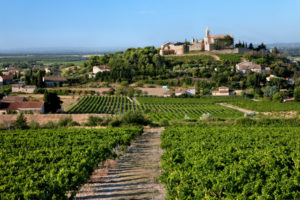
The Rhone Valley isn’t divided equally into two regions. While Northern Rhone accounts for the most prestigious wines, it represents only 5 percent of the vineyards in 8 appellations. Southern Rhone extends for more than 100 miles to Provence and is home to 23 appellations. The soils – as much an influence on the wine as weather — change from sandy granite in the north to a mix of clay and sand to the south.
For us the top white wine of the valley is found in Hermitage. But a close second is the Condrieu viognier, a perfumy wine with citrus and apricot notes. Grown on steep slopes, the low yielding vines nearly disappeared in the 1960s when growers grew disappointed in their acceptance. But eventually consumers developed an appreciation for these wines and the market returned. Thank heavens. These wines – best consumed young — are heady and often delicate with understated flavors.
Known for its complexity is the white wine from Hermitage. The 2017 Barroul Lynch “La Pierrelle” Hermitage ($99) we tasted, made entirely from marsanne, was luxurious
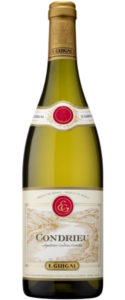
with pear and nectarine flavors, herbal and honeysuckle aromas underscored by minerality. This wine attacks the palate with velocity.
We were torn between two Condrieu viogniers. The 2018 Lionel Faury Condrieu ($60) revealed tangerine, white peach and orange flavors with a good dose of almonds and floral aromas. Equally good but stylistically different was the 2018 E. Guigal Condrieu ($68). More austere in style, it had pear and white peach flavors with a thread of minerality. As one taster said, “This is a wine I could hang out with.”
Faury also makes an outstanding 2018 St. Joseph blend of marsanne and roussanne ($38) that we found quite exotic with balanced acidity, generous aromatics, a long finish and notes of citrus and stone fruit. The exposure to large oak barrels gave the wine some nice complexity and texture.
We were especially fond of the ($82), a very complex and rich blend of 80 percent marsanne and 20 percent roussanne grapes grown on rugged slopes in the southern-most part of Northern Rhone. We picked up orange marmalade, peach, nuts and honey in a wine that was partially fermented in large oak barrels.
While the gems from the Northern Rhone are expensive, the best values are found in Southern Rhone where winemakers avail themselves to 15 different grape varieties.
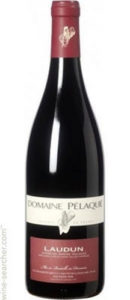
Viognier often makes a cameo appearance while grenache blanc takes center stage. Supporting roles are filled by clairette, marsanne, bourboulenc and roussanne.
Two good introductions to this region are the 2018 Domaine Pelaquie Laudun Cotes du Rhone Villages ($13) and the 2019 Domaine de la Janasse Cotes du Rhone ($20). The latter wine showed apricot and lime notes with a bit of mineral. Its brisk acidity calls for food.
Another great value but not as complex is Famille Perrin La Vieille Ferme Blanc Luberon ($11).
Perhaps the most interesting was the 2019 Domaine de la Mordoree “La Reine des Bois” Lirac ($45). From a producer we’ve followed for decades, the blend employs grenache blanc, clairette, viognier, roussanne, marsanne and picpoul. Peach, apricot and orange rind dominate a layered palate. We loved the viscous, rich texture of this elegant wine. It was one of our favorites of the tasting.
The Southern Rhone also is known for its fortified dessert wine made from muscat a petits grains. The 2016 “Domaine de Durban Muscat de Beaunes-de-Venise ($30) is not cloyingly sweet like so many dessert wines.
Wine picks
-
Tangent Sauvignon Blanc 2019 (Mission Liquor) Tangent Sauvignon Blanc 2019 ($17). This Edna Valley sauvignon blanc has varietal grapefruit and citrus notes with lively acidity.
- 10,000 Hours Red Blend 2018 ($35). The name of this Washington state wine is for the time it is said to take to master anything – karate, cello and even winemaking. Only two wines are made from the producer’s Red Mountain property: a Bordeaux-style blend and a cabernet sauvignon. Both are great for the price but we like this multi-layered, ripe version with jammy raspberry flavors and hints of vanilla. It has clove and anise aromas.
- Gary Farrell Hallberg Vineyard Pinot Noir 2017 ($55). This Russian River Valley pinot noir exudes plump black cherry and strawberry notes with layered hints of olives, tobacco and forest floor.
Tom Marquardt and Patrick Darr have been writing a weekly wine column for more than 30 years. Additional Wine reviews on MoreAboutWine
All photos are randomly selected and do not indicate any preferred wine. Listed prices are subject to change
You can send questions to Tom Marquardt mailto:marq1948@gmail.com
Always drink responsibly![/vc_message]













